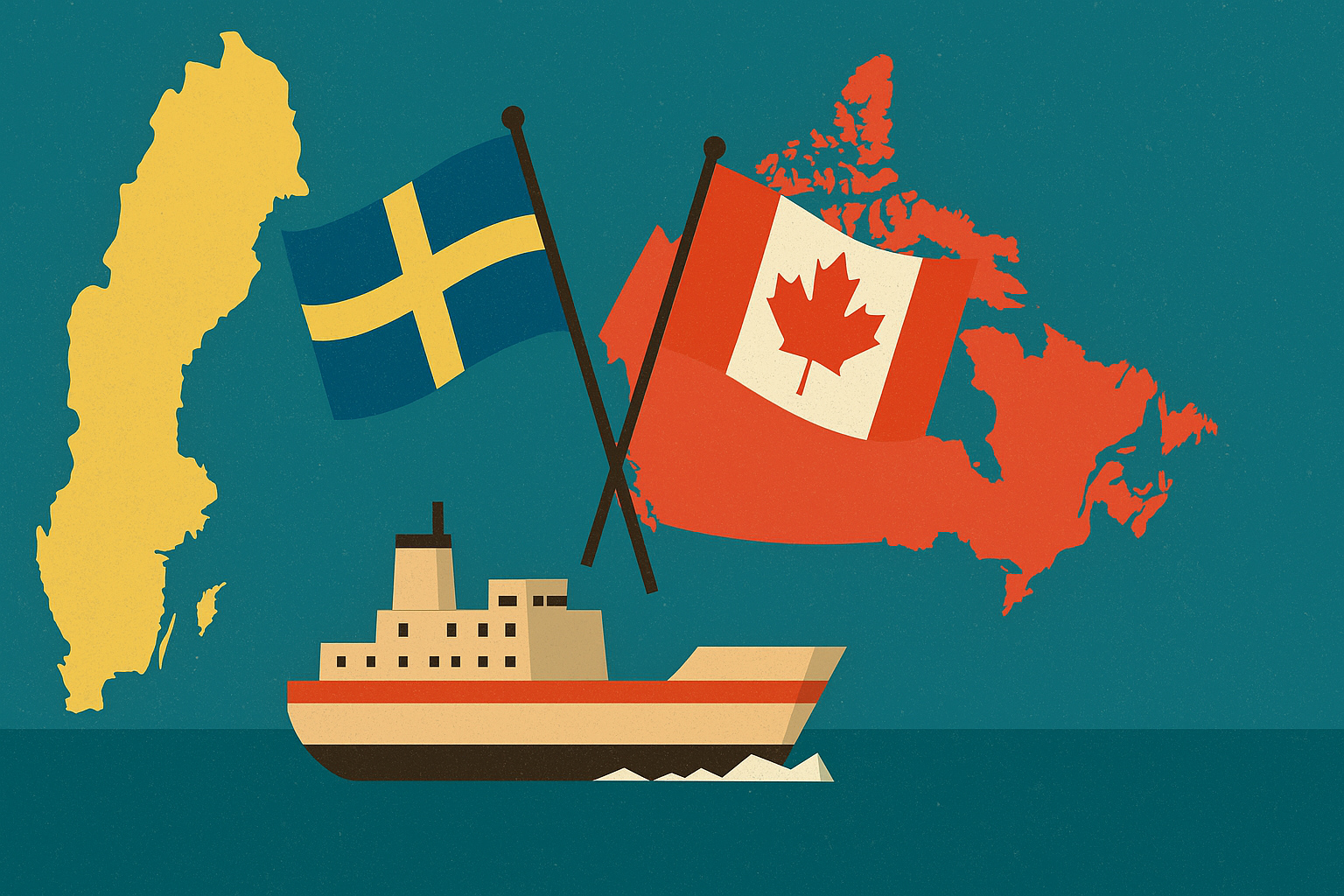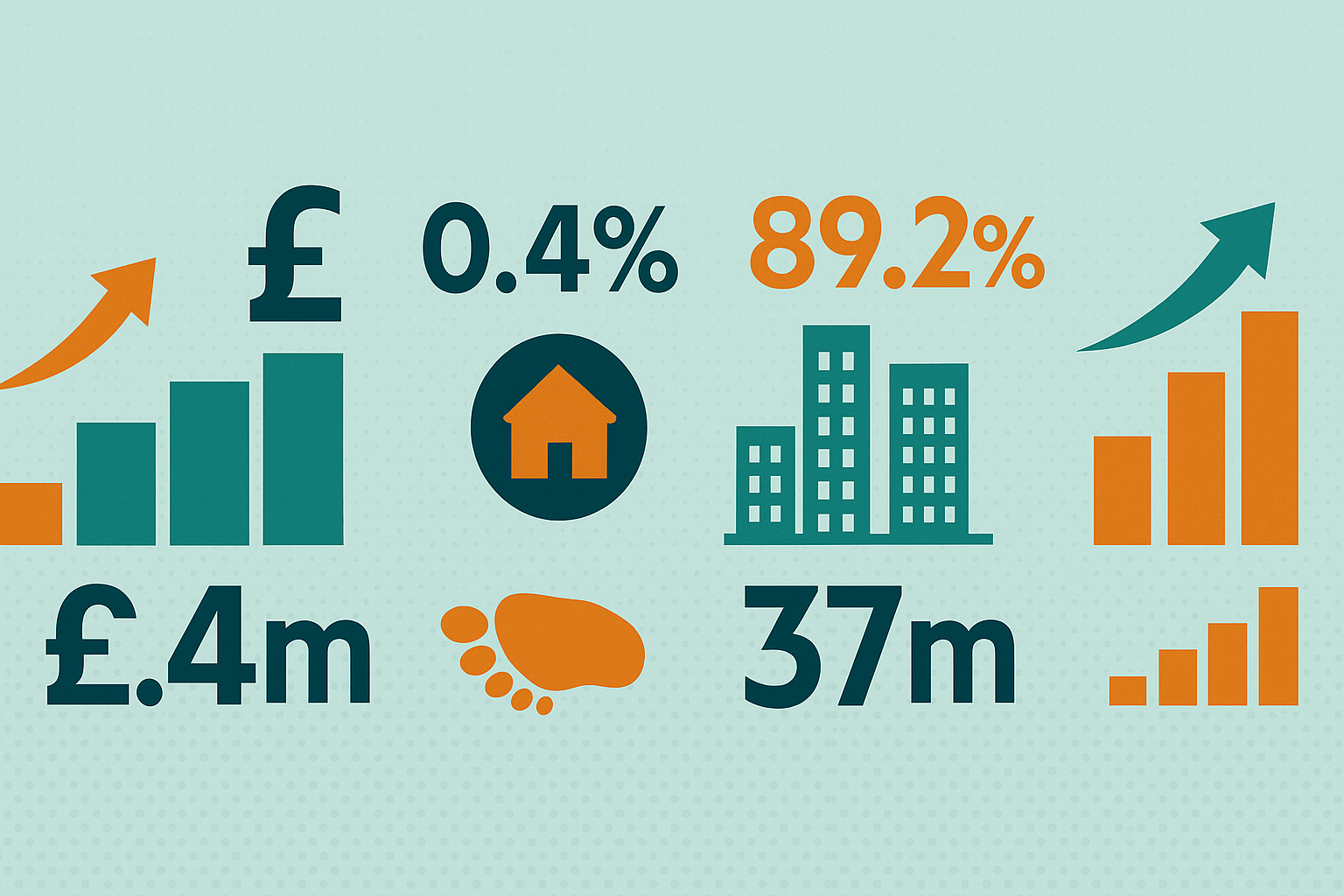Canada is strengthening its ties with Nordic countries, particularly Sweden and Finland, as part of a strategy to diversify trade and defense partnerships beyond its traditional reliance on the United States. The move comes amid heightened tensions following former US president Donald Trump’s threats of annexation and his pursuit of protectionist trade policies.
Mélanie Joly, Canada’s industry minister, outlined the government’s approach during a five-day visit to Nordic nations. She emphasized that Canada aims to build stronger business, diplomatic, and security ties with “like-minded” partners, while also investing in Arctic defense and infrastructure.
“We know we are overdependent on the US in trade,” Joly said. “We also know we need to invest more in our military after decades of underfunding. Our defense industrial strategy is designed to expand cooperation with the EU and diversify partnerships with key European nations, including Sweden and Finland.”
Defence and Arctic Security Cooperation
During her visit, Joly met with major companies such as Saab and Ericsson in Sweden, while in Finland she inaugurated the construction of a new polar icebreaker at a Canadian-owned shipyard. Saab, known for its GlobalEye surveillance aircraft and Gripen fighter jet, has partnered with Canada’s Bombardier on defense projects. Although Ottawa has committed to purchasing US-made F-35 jets, it has tasked its defense ministry with evaluating alternative options.
Canada, Finland, and the US have also signed an agreement to develop icebreakers, leveraging Finland’s expertise in Arctic technologies. This cooperation comes at a time of increased security concerns in the Arctic, with Russia’s invasion of Ukraine and US interest in Greenland underscoring the region’s strategic importance.
“The game changer was Finland and Sweden joining NATO,” Joly noted. “We created a new Arctic security dialogue together, and we need to back up our commitments to protect sovereignty in the region.”
Economic Diversification and Global Outreach
Prime Minister Mark Carney’s government has made economic resilience a central policy goal, aiming to build what it calls “the strongest economy in the G7.” A key part of this agenda is reducing exposure to US tariffs by broadening Canada’s trade relationships with allies across Europe, Asia, and Latin America.
Catherine Fortin LeFaivre, head of international policy at the Canadian Chamber of Commerce, highlighted the benefits of this diversification, saying: “More diversified trade links make Canada more resilient to shocks and more competitive in the long run. While it may be harder and costlier to ship goods overseas compared to across a land border, Canada has what the world needs.”
Beyond the Nordic initiative, Canada has taken steps to repair and expand relations with the EU, the UK, China, and India. Trade minister Maninder Sidhu is also scheduled to visit Brazil as part of the country’s wider diplomatic and economic outreach.
Outlook
Canada’s engagement with Sweden and Finland signals a broader strategic shift in both economic and defense policy. By investing in new partnerships, particularly in the Arctic, Ottawa aims to counterbalance its reliance on the US while contributing to regional security and global stability.








